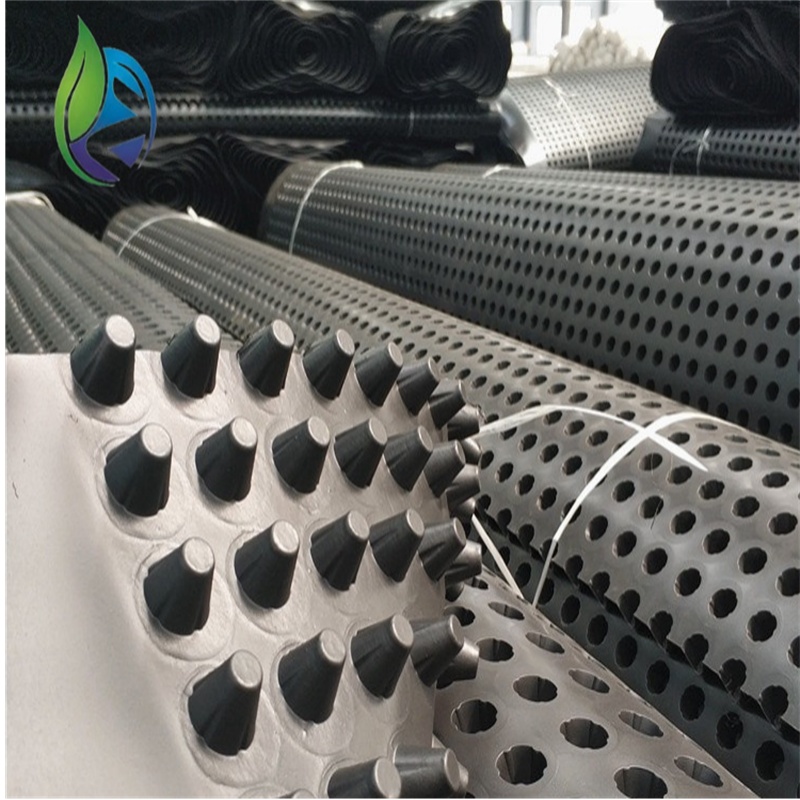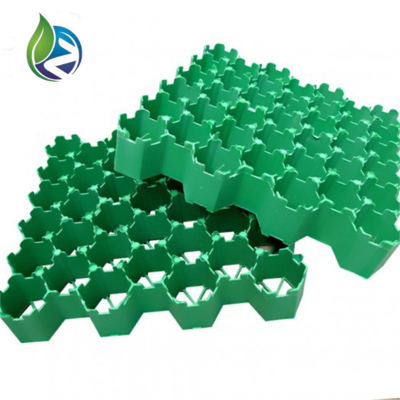Plastic Drainage Board
What Is a Plastic Drainage Board? An Essential Layer in Modern Waterproofing Systems
A plastic drainage board is a high-efficiency drainage material commonly used in construction, landscaping, and civil engineering projects. Made from high-density polyethylene (HDPE) or polypropylene (PP), the plastic drainage board plays a vital role in controlling water movement, protecting waterproofing layers, and maintaining soil stability.
The primary function of a plastic drainage board is to create a drainage path between the structure and surrounding soil. Its three-dimensional structure—often in the form of dimpled sheets or geonets—allows excess groundwater or rainwater to flow away from surfaces, such as building foundations, rooftops, basement walls, tunnels, and green roofs. This prevents water accumulation, reduces hydrostatic pressure, and significantly extends the life of the underlying structure.
One of the standout benefits of using a plastic drainage board is its high compressive strength. These boards are engineered to withstand soil pressure and heavy loads without deformation. Whether installed vertically or horizontally, a plastic drainage board maintains its drainage capacity under long-term pressure, ensuring consistent performance even in demanding applications.
Moreover, plastic drainage board is lightweight and easy to install, making it a preferred choice for fast-track construction projects. It is often paired with geotextiles that filter fine particles, preventing clogging and enhancing the overall drainage effect. In green building applications, plastic drainage boards also serve as a buffer zone that supports healthy root growth while preventing waterlogging.
In addition to its drainage capabilities, a plastic drainage board also serves as a protective layer for waterproof membranes. It shields these critical components from mechanical damage during backfilling and settlement, minimizing the risk of leaks or cracks.
Environmentally, a plastic drainage board is a sustainable option. It is typically made from recyclable materials and contributes to better stormwater management, reducing surface runoff and supporting eco-friendly infrastructure designs.
Common application scenarios for plastic drainage board include:
Basement waterproofing systems
Rooftop gardens and podium landscapes
Retaining walls and bridge abutments
Tunnels and subway lines
Artificial lakes and water features
To summarize, the plastic drainage board is an indispensable solution for modern construction projects seeking efficient water management, structural protection, and environmental compliance. Its combination of durability, functionality, and ease of installation ensures long-term performance across a variety of applications.





